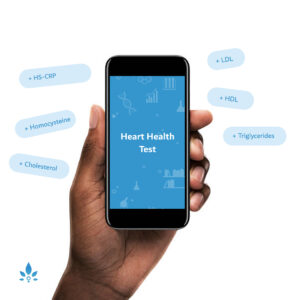How to Know if Your Child has Autism


Autism and the spectrum of disorders it involves can range from mild to very severe. Although children with autism can be affected in different ways and exhibit behaviors that are unique to them, there are some symptoms that are common among them. Children with autism generally face challenges in three major areas: language, behavior, and social skills.
Researchers have identified these typical signs in toddlers and preschoolers that parents should watch for if they feel their children may be at risk for autism-related disorders.
Language
No words spoken by 16 months; no two-word phrases by 2 years old.
Speech delayed, if used at all, and trouble understanding speech.
Doesn’t understand simple commands.
Can repeat phrases, but doesn’t understand their use.
Can’t start or maintain conversations.
Can’t express needs and wants.
Loses prior ability to speak in single words or even sentences.
Robotic or singsong speech.
May make a request, but doesn’t make eye contact or follow a parent’s gaze.
Behavior
Performs repetitive motions, like hand flapping, rocking, or spinning.
Gets very attached to a routine, and then gets upset by any changes to it.
Exhibits compulsive behaviors and repetitive actions.
Can have uncontrollable temper tantrums.
Becomes preoccupied with one detail of an object (like the ladder on a toy fire engine) but doesn’t understand the object’s purpose.
Can be sensitive to sensory stimuli, like loud sounds and bright light.
Doesn’t play make-believe and can use a toy for a different purpose (e.g., won’t pretend to talk on a toy telephone but uses it as a hammer instead).
Tends to have specific food preferences or can crave inedible items like dirt or chalk.
Social skills
Difficulty interacting with other children, and rarely makes friendships with peers.
Little or no eye contact.
Doesn’t respond to own name and tends to not hear you.
Prefers to play alone.
Doesn’t like to be cuddled or held.
Struggles to ask for help.
Tends to remain unaware of other people’s feelings.
It is important to note that a lot of the signs listed above can occur in all children, however if you have a concern you should discuss it with your pediatrician. Also, school-age children with behavior problems during the school day, who have sweeping mood swings, should be evaluated. Your pediatrician can suggest a screening program or specialist as a next step.
The American Academy of Pediatrics (AAP) recommends that all children be screened at 18 and 24 months old. One of the AAP’s recommended tools is the Modified Checklist for Autism in Toddlers (M-CHAT™). Developed by neuropsychologists, the tool screens children who are between 16 and 30 months old.
Of course, early diagnosis of autism and its spectrum-related disorders can be crucial to getting treatment started, so be sure to share your fears or concerns with your pediatrician.
Sources:
- The Mayo Clinic
- Autism
- Symptoms.
Autism Speaks - MCHAT.
Autism Causes - Autism Symptoms Checklist.
American Academy of Pediatrics Clinical Report - Identification and Evaluation of Children With Autism Spectrum Disorders
- Pediatrics 2007 120: 1183-1215.
Powered by Bundoo®













































